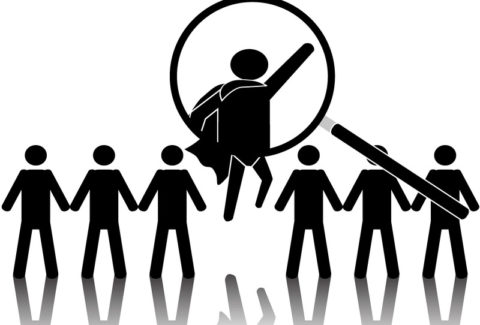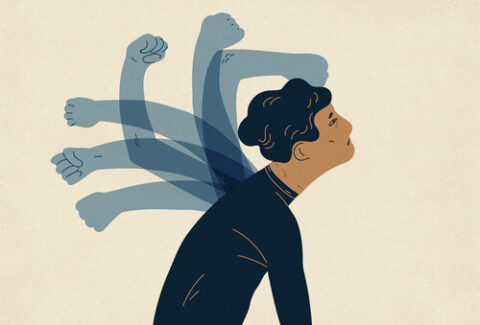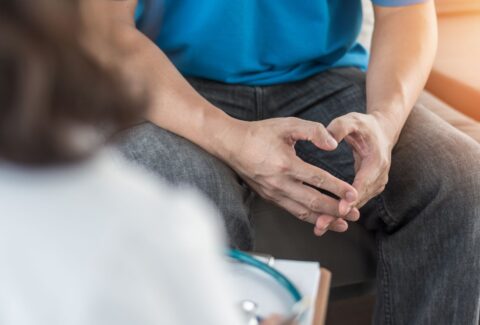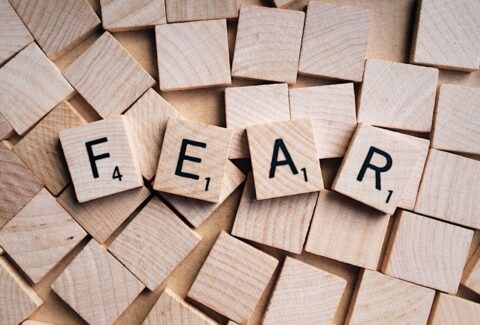Why do we sense physical signs or symptoms?
We have yet to agree on the definition of an organ [1]. This leads to a lack of agreement on the total number of organs, though most would universally agree that there are about 100 organs. However, if we were to count each bone, for example, the number of our organs would be several hundred. Yet, whether we talk about 300, or 200, or just 79 or 80 organs, as many gross anatomists report [2], the fact of the matter is that only five of all our organs are vital. The word, “vital,” means, “absolutely necessary; indispensable; or essential.”[3]
The 5 vital organs are: Our Brain; our Heart; our Liver; one of our Lungs; and one of our Kidneys. These five organs are vital because they are crucial in the three vital processes of the body: Oxygenation, circulation, and elimination. Our liver detoxifies, gets rid of toxins, and produces elements essential for the other two vital processes. Our kidneys help with circulation and elimination. Our lung is the vital and main organ for the process of oxygenation. And our heart is the vital and essential organ for the process of circulation, pumping blood throughout the body. 4 vital organs for 3 vital processes in the body: The kidney, the liver, the lung, and the heart. The fifth vital organ is the brain. Understanding exactly why it is so vital will help us understand why we sense physical signs or symptoms.
Our 5 vital organs give us a glance into why we sense physical signs or symptoms. While this will not necessarily tell us the whole story, it is a step closer.
Now, the vital signs allow us an even deeper look into why we sense physical signs or symptoms. Vital signs are measurements that we use, clinically, to indicate the state of our essential body processes. We use our pulse rate or heart rate, our temperature, our respiration rate, and our blood pressure. All these five clinical measurements, all these vital signs, are captured by two main functions, respiration, and cardiac output or functioning. This is another way to say that the moment one of these two functions ceases, the body has reached its end. In fact, for clinical death to take place, it means one of these two functions has been compromised.[4]
Why is the above important for us to understand? The above is important because these three essential systems, or these two vital functions, or these 5 vital organs, operate from within. Our body has an intrinsic physiologic mechanism that serves to maintain what we call in Physiology, homeostasis – a stable state in the body – an equilibrium of the number of our body processes. Through this intrinsic system, there is a feedback loop mechanism for us to either drink, eat, sleep, and even move. Our body’s intrinsic system sends us feedback or communicates with us through our senses. And this is what gives rise to signs and symptoms. Our body communicating through our senses.
What is our body communicating to us? We will look into this in upcoming articles.
Meanwhile, let’s continue to explore. Let’s look at the following inquiries:
- If your physical signs and symptoms were not your body communicating to you through your senses, what else could they possibly mean? What would be another reason behind your physical signs and symptoms
- What is it that your body might be communicating to you through your physical signs and symptoms?
- Which one is it? Is your body innately healthy and has a system to keep you healthy? Or is your body innately unhealthy, where physical signs and symptoms are just proof of that?
Thank you for exploring these inquiries. Thank you for participating in this empowerment process towards your health, that your loved ones, and that of your patients.
We will see you again soon,
Karen and Mardoche
[1] “Organ (Anatomy).” Wikipedia, Wikimedia Foundation, 20 Feb. 2021.
[2] Leviss, Dani. “How Many Organs Are in the Human Body?” LiveScience, Purch, 11 Oct. 2020, .
[3] “Vital.” Dictionary.com, Dictionary.com, .
[4] “Vital Signs (Body Temperature, Pulse Rate, Respiration Rate, Blood Pressure).” Johns Hopkins Medicine.









